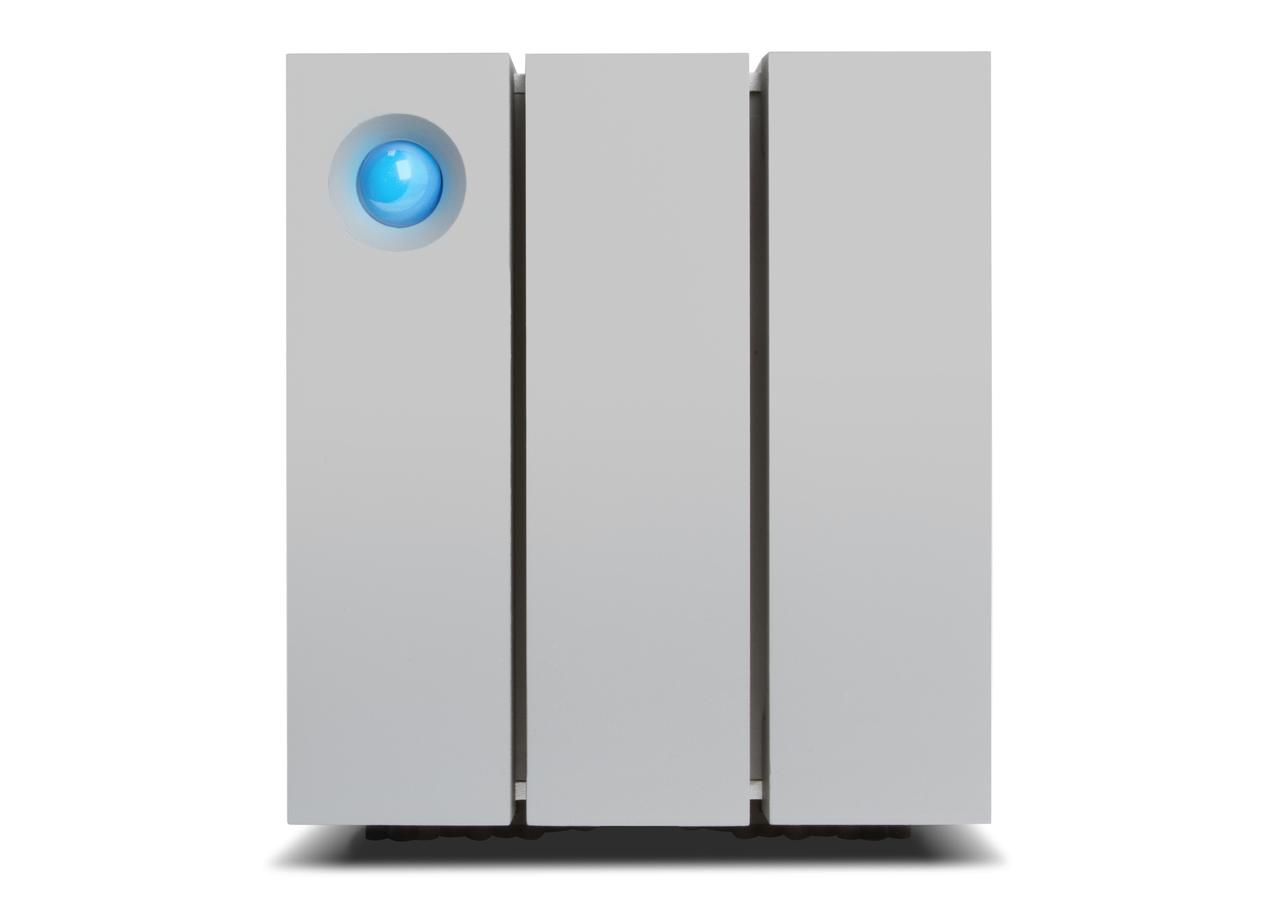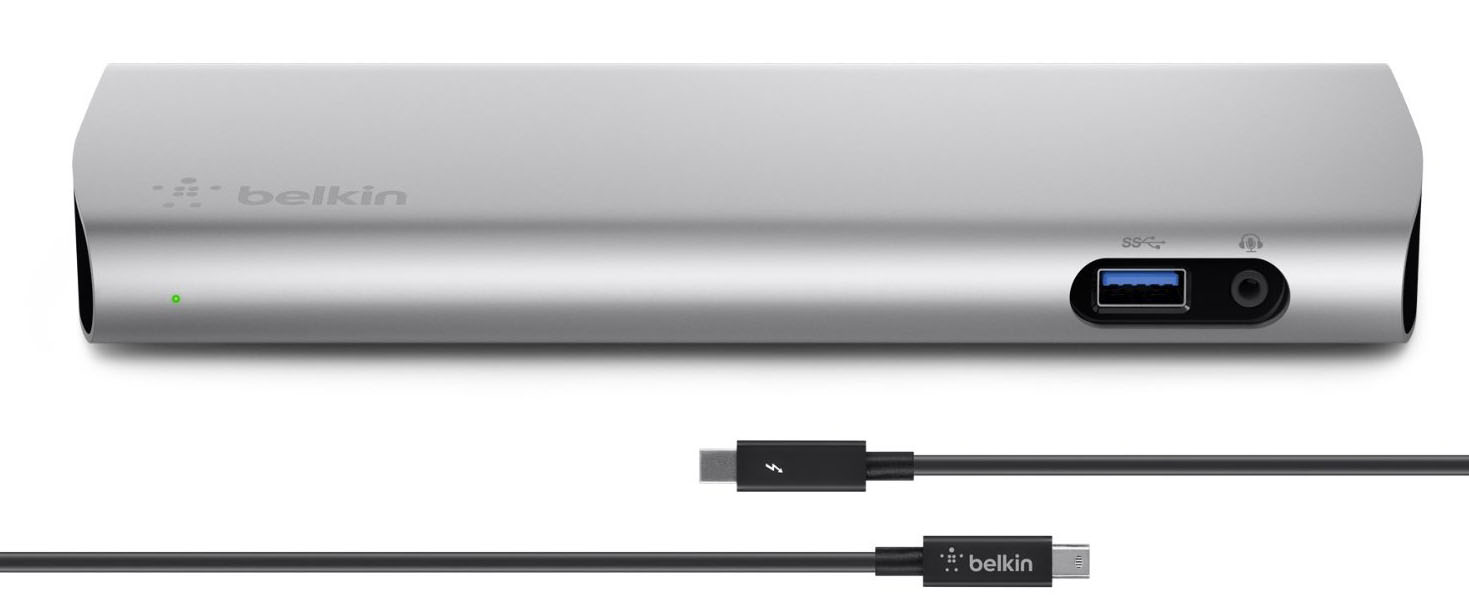
Oh, and the list will just be in numerical order, not a top best to worst order. We will count everything from specifications, user reactions, price, and some honest to God, real opinions. To get a better understanding of Thunderbolt 3, do check out our previous article What is Thunderbolt 3?. So now that we have the history connection plugged in, let’s move to the main guest of our little show, our top external hard drives. Since it first appeared on the market in 2011, the Thunderbolt 3 has gained quite a remarkable popularity among tech developers and it was implemented in many devices, among which we also have external hard drives. More precisely, it reuses aspects of the USB-C which helps it to transfer twice as fast as Thunderbolt 2, halves power consumption, and is all around a much better hodgepodge of other technologies in one. While the first two generations were based on the Mini DisplayPort, a port that allowed for an audio-video digital interface, the latest model is a more advanced version, while also taking some cues from its USB cousin.

Easy to spell, easy to remember, easy to market. Over the years, it went over three periods of growth or changes, starting with the cleverly named Thunderbolt 1 and ending up in the present with Thunderbolt 3. Among those external devices, we also have hard drives. Started as a joint hardware interface between Intel and Apple, it allows a user to connect an external device or peripheral to a computer or MAC. And that’s not all, there’s a whole mess of other features and combos you can play with.
#FASTEST THUNDERBOLT 2 HARD DRIVE MOVIE#
What this means is that you can transfer a 4K movie between devices in less than a minute, or you can connect two 4K monitors at 60Hhz. In short, it’s a hardware interface that’s currently able to reach transfer speeds of speeds up to 40 Gbit/s. That brings us to what exactly Thunderbolt is.
#FASTEST THUNDERBOLT 2 HARD DRIVE MAC#
For example, if you want it for a PC, go for a USB connection, but if you need it for a MAC or another Apple product, then you’ll have no choice but to look only in the Thunderbolt categories.

If you find yourself at that point, then you should first figure out what exactly are you going to use that external drive. So you quickly read through tons of posts, products details and get to a baseline of “I have no idea of what I was even doing in the first place”. Look, this other product is faster, but it has a Thunderbolt 3 method of connection. So, like a learned young-ling, you scour the internet and find out about external storage devices, but you get a lot of configurations about this and that – “This one has a lot of space and it connects with a USB cable, but the Read and Write speed is low. If you just use your MAC’s or PC’s internal storage, you can quickly find out how fast it runs out of space. Let’s say that you are someone that works daily with a lot of documents or files and the need to stack more and more of them, transfer them quickly from one place to another, and so forth.

So what is high-speed data transfer, and what does it help you achieve in the long run?

High-speed data transfer is sometimes an overlooked process by regular users, but if you take a closer look at what some users or professionals transfer, it becomes a very important issue. Should you be interested in laptops to go with these hard drives, then do check out our round-up of the Cheapest Laptops with Thunderbolt 3. Before that, a little insight into why they’re important. In this roundup, we’ll be reviewing some of the best external hard drives with Thunderbolt 3 support.


 0 kommentar(er)
0 kommentar(er)
